Many budding artists often find themselves pondering the question of whether wall paint can be used on canvas. The answer, as it turns out, is not as straightforward as one might hope. The feasibility of using wall paint on canvas largely depends on the specific project at hand and the desired outcome.
In this comprehensive article, we will take a deep dive into the potential of utilizing wall paint on canvas, carefully examining its impact on various aspects such as the overall quality, texture, and longevity of the artwork. By thoroughly exploring this topic, we aim to provide you with a well-rounded understanding of the possibilities and limitations that come with using wall paint on canvas.
Additionally, we will go beyond the scope of wall paint and canvas, and delve into alternative painting options that you can consider to further enhance your artistic journey. Whether you are a beginner looking to experiment or an experienced artist seeking new techniques, we have got you covered.
So, join us as we embark on this artistic exploration, where we will equip you with the knowledge and insights to help you create your very own masterpiece.
The Function of Paint
In the realm of visual arts, paint serves as a fundamental and versatile tool for expressing creativity and conveying a wide range of emotions. Whether it’s the bold strokes of a brush or the delicate blending of colors, paint brings life to a piece of artwork, adding depth, texture, and visual interest. It transforms a blank canvas into a dynamic visual narrative, capturing the imagination of both the artist and the viewer.
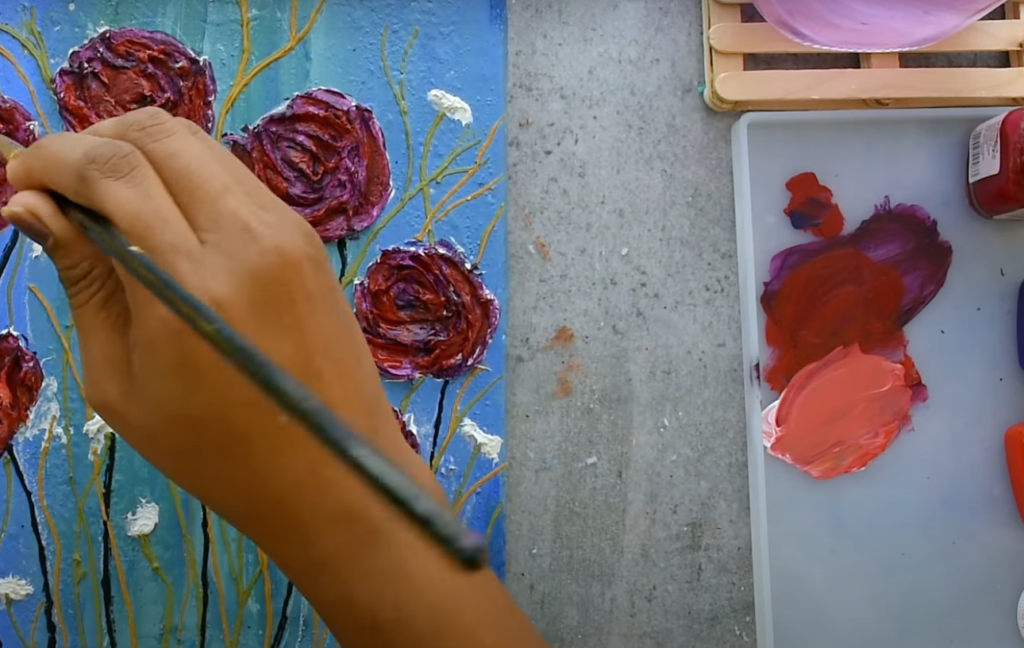
The choice of paint is crucial in determining the overall aesthetic and durability of an art piece. Different types of paint, such as acrylic, oil, or watercolor, each possess unique properties and characteristics that can greatly influence the outcome of the artwork. Acrylic paint, known for its fast-drying nature and versatility, allows artists to layer colors and create various effects with ease. Oil paint, on the other hand, offers richness and depth, allowing for smooth blending and intricate details. Watercolor paint, with its transparent and delicate nature, can create ethereal and luminous effects.
It’s important to note that while wall paint may deliver bold and vibrant colors, it is not specifically designed for canvas artwork and may present challenges in terms of flexibility, texture, and longevity. Wall paint lacks the necessary properties to withstand the test of time and may lead to cracking or fading when used on canvas. Therefore, artists are encouraged to use paints specifically formulated for canvas to ensure the preservation and longevity of their artwork.
By understanding the properties and characteristics of different types of paint, artists can make informed decisions that enhance their creative process and bring their artistic vision to life.
So, whether it’s the vibrant hues of acrylic, the richness of oil, or the delicate transparency of watercolor, paint truly holds the power to transform a canvas into a masterpiece.[1]How Artists have used House Paint in the Past
Interestingly enough, some renowned artists have incorporated house paint into their work, pushing the boundaries of artistic expression. One such artist is Jackson Pollock, an influential American painter and a major figure in the abstract expressionist movement. Pollock, known for his revolutionary drip paintings, dared to use commercial oil-based paints, a type of house paint, as his medium of choice. This unconventional decision allowed him to achieve a unique fluidity and spontaneity in his artwork, captivating viewers and revolutionizing the art world.
Another notable example is the British artist David Hockney, known for his vibrant and visually captivating artworks. Hockney also experimented with incorporating house paints into his creations, utilizing their unique properties to achieve a high-gloss finish that would be difficult to attain using traditional artist’s paints alone. By pushing the boundaries of what was considered “acceptable” in the art world, Hockney demonstrated the potential of house paint for innovative applications, challenging the conventional notions of artistic materials and techniques.
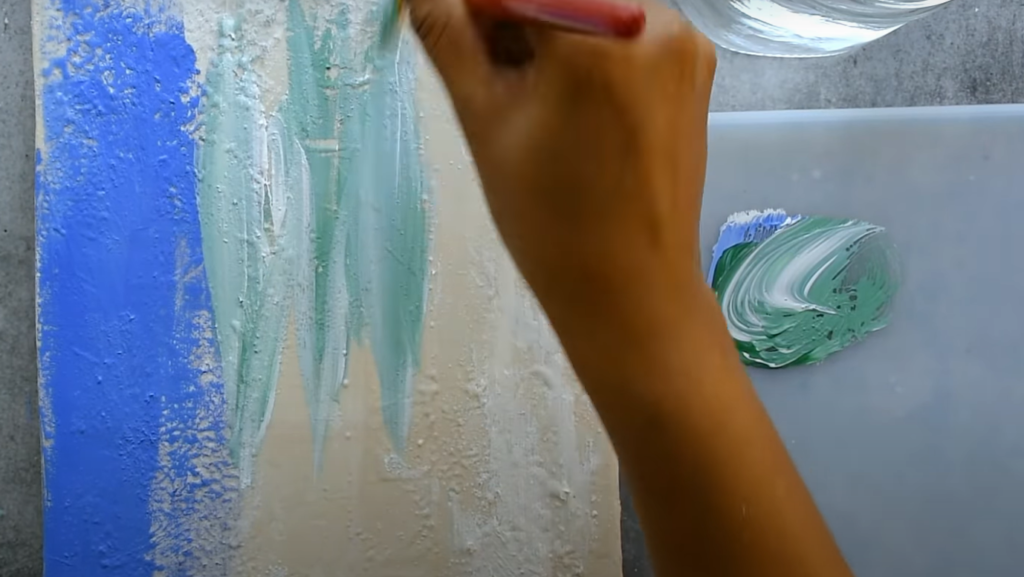
Both Pollock and Hockney showcased the untapped potential of house paint in creating high-impact, lasting art. Their works proved that with creativity, skill, and a deep understanding of their chosen materials, unconventional mediums can be successfully used in the realm of fine art. However, it is crucial for aspiring artists to carefully consider the limitations and potential risks associated with using house paint on canvas, as the materials may behave differently compared to traditional artist’s paints. By understanding and embracing the unique qualities of house paint, artists can continue to push the boundaries of artistic expression and create truly remarkable works of art.[1]
What Is Paint Made Of?
Paint is a complex mixture that provides a durable and pleasing finish. It consists of three components: pigment, binder, and solvent. Pigments are finely ground particles that give color to paint and can come from various sources. The binder holds the pigment particles together and allows them to adhere to the surface being painted. Solvent is the liquid component that carries the pigment and binder, making the paint easy to apply. Understanding paint composition helps us appreciate its uniqueness and suitability for different applications, including canvas use.[1]
Using Wall Paints On Canvas
Wall paints, primarily designed for durability and coverage, can indeed be used on canvas with a few considerations. The high viscosity of wall paint creates a thick and vibrant layer on the canvas, which can be advantageous for artists seeking to produce bold and impactful artwork.
Furthermore, unlike acrylic or oil paints, wall paint is not designed to retain its color over long periods, potentially causing the artwork created with it to fade more quickly compared to pieces made with artist’s paints.To strike a balance between these factors, some artists may opt to use a combination of wall paint and artist’s paints in their creations. This approach allows them to leverage the boldness and vibrancy of wall paint while benefiting from the flexibility and longevity provided by the artist’s paints. Additionally, it’s worth noting that wall paint tends to leave a flat and uniform finish, which may or may not align with the artistic intent of the creator.
Lastly, it is important to consider the safety aspect when using wall paint on canvas. The solvent used in wall paint is often stronger than those used in artist’s paints, which may necessitate additional ventilation when working with it indoors.
In conclusion, while using wall paint on canvas is possible and can yield unique results, it is crucial to take into account the potential challenges related to flexibility, longevity, texture, and safety. By considering these factors, artists can make informed decisions about incorporating wall paint into their artistic practices.[2]
Quality
When deciding whether to use wall paint on canvas, one of the primary considerations is the quality of the finished piece. Traditional artist’s paints, meticulously formulated, are renowned for delivering high-quality results. These paints feature carefully selected pigments that offer excellent colorfastness and longevity, ensuring that artworks retain their vibrancy over time. Moreover, artist’s paints are designed to remain flexible when dry, minimizing the risk of cracks developing as the canvas ages.
On the other hand, while wall paint may provide superb coverage and vibrant colors, it may not offer the same level of quality when used on canvas. The absence of the specific formulation and properties found in artist’s paints can result in reduced flexibility, making the artwork susceptible to cracks or peeling as it weathers. Additionally, the colors in wall paint may fade more quickly compared to artist’s paints, as they are not explicitly designed for long-term exposure to light.
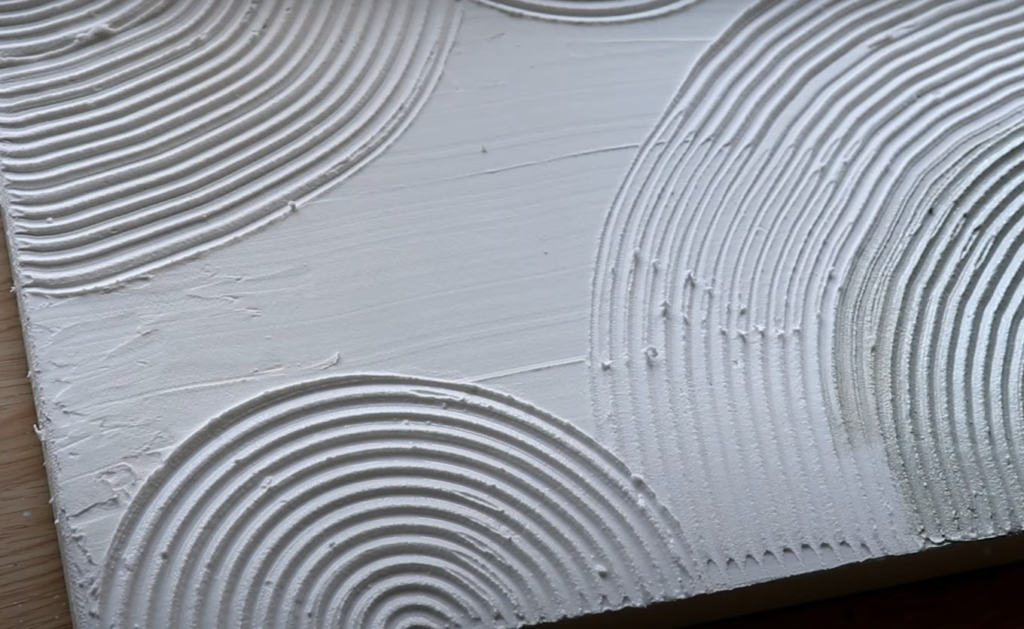
Therefore, artists who choose to experiment with wall paint on canvas should be aware that the overall quality of their finished piece may differ significantly from those created using traditional artist’s paints. It’s essential to consider these factors when making a decision, as they can impact the longevity and overall aesthetic appeal of the artwork.
Binding Ability
The binding ability of paint plays a crucial role in its long-term adhesion and durability on various surfaces. When it comes to traditional artist’s paints, meticulous formulations of pigments, binders, and solvents are carefully balanced to ensure effective binding to canvas surfaces. This meticulous formulation guarantees excellent adhesion, flexibility to accommodate canvas movements, and the preservation of vibrant colors and overall appearance over time.
In contrast, wall paint is primarily engineered to adhere to hard, static surfaces such as walls and ceilings. Unlike canvas, these surfaces do not flex or move, so flexibility is not a primary consideration in wall paint formulations. Consequently, when wall paint is applied to a canvas, it may gradually develop cracks or peel due to its lack of flexibility. Moreover, the binder used in wall paint may react differently to the canvas material, leading to potential adhesion issues. Artists who choose to use wall paint on canvas must be mindful of these binding considerations to achieve the desired results and maintain the integrity of their artwork.
Expanding on the intricacies of paint binding helps emphasize the importance of selecting the appropriate type of paint for specific surfaces and the need for thoughtful consideration when using unconventional materials.
Elasticity
The elasticity of paint is a crucial characteristic when it comes to its application on a canvas. It refers to the paint’s ability to stretch and flex without cracking or peeling, ensuring the longevity of the artwork. Traditional artist’s paints are carefully formulated to retain a certain degree of elasticity even after they dry. This elasticity allows the paint to gracefully flex with the canvas, accommodating for any slight movements or changes in the canvas surface without compromising the integrity of the artwork.
In contrast, wall paint, primarily designed for use on rigid surfaces, often lacks the desired elasticity found in artist’s paints. Consequently, when wall paint is applied on a flexible surface like a canvas, the paint film may not adequately flex or stretch with the canvas. This lack of flexibility can gradually lead to the formation of cracks or peeling of the paint surface, potentially causing damage to the artwork over time. Hence, while wall paint can be utilized for artistic purposes on canvas, its limited elasticity compared to traditional artist’s paints could pose a significant limitation.

It is essential for artists and creators to consider the unique properties of different paints and their suitability for specific applications. By understanding the importance of elasticity in relation to canvas artwork, artists can make informed choices to ensure the longevity and preservation of their creations.
Price of the Paint
The cost of paint is an important consideration for artists when choosing between wall paint and traditional artist’s paints. While wall paint is generally less expensive, especially when purchased in large quantities, it is essential to weigh the trade-offs. Wall paint may offer a cost-effective option for large-scale projects or those requiring a significant amount of paint. However, it is crucial to note that this affordability can come with certain drawbacks, such as reduced flexibility, potential cracking, and fading colors over time.
On the other hand, artist’s paints, although typically more expensive, are specifically formulated for artistic applications. They offer benefits such as high colorfastness, elasticity, and long-term durability. These qualities ensure that an artist’s paints can deliver a high-quality and lasting result, despite the higher cost involved. Artists must carefully consider the potential drawbacks of using wall paint against the cost savings and benefits of artist’s paints to make an informed decision that aligns with their specific needs and artistic goals.
By considering factors like cost, quality, and long-term performance, artists can make a well-informed choice regarding the type of paint that best suits their artistic endeavors. Ultimately, finding the right balance between cost and quality is crucial for artists to achieve their desired artistic outcomes.
Pros And Cons Of Using Wall Paint On Canvas
When considering the use of wall paint on canvas, artists may want to take into account several pros and cons that can influence their decision:
Pros
- Cost-Effective: Wall paint is often more affordable compared to artist’s paints, especially when purchased in larger quantities. This makes it a budget-friendly option for artists working on large-scale projects or those with limited funds.
- Unique Texture & Finish: Wall paint offers a distinctive texture and finish that some artists may find appealing for specific projects. Its flat and uniform appearance can add a captivating aesthetic quality to the artwork, providing a different visual experience.
- Wide Availability: Wall paint is readily accessible in a wide range of colors at most home improvement and DIY stores. Artists can easily find and experiment with various shades to suit their artistic vision.
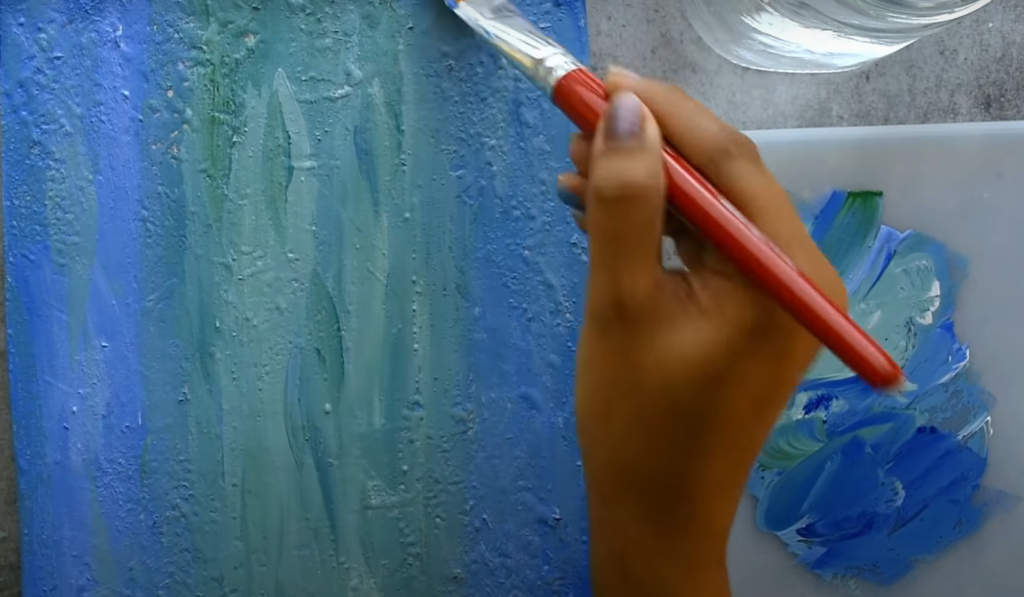
Cons
- Reduced Flexibility: Unlike artist’s paints, wall paint is not designed to flex and move with the canvas. This lack of flexibility can lead to cracking or peeling over time, potentially affecting the longevity of the artwork.
- Fading Colors: Wall paint is not formulated to retain color vibrancy over extended periods, which means it may fade more quickly than artist’s paints, especially when exposed to light. This factor should be considered when aiming for long-lasting and color-rich artwork.
- Potential Adhesion Problems: The binder in wall paint, primarily intended for walls and ceilings, may react differently when applied to canvas, potentially leading to adhesion issues. Artists should be aware of this possibility and take it into account when deciding to use wall paint.
In conclusion, while wall paint offers a unique approach to canvas art and is easily accessible at a lower cost, it comes with inherent challenges related to longevity, texture, and color retention. Artists should carefully weigh these factors against their specific needs and the demands of their project to make an informed decision.[2]
FAQ
Can you use wall paint in artwork?
Artists can use wall paint in their artwork to achieve a unique aesthetic and texture not commonly found in traditional paints. The uniformity and cost-effectiveness of wall paint make it an attractive choice for projects with a modern or minimalist aesthetic. However, using wall paint on non-standard surfaces like canvas can pose challenges such as reduced flexibility, potential adhesion problems, and color fading over time. Artists should conduct a test run before applying wall paint to a significant project to understand its behavior.
Can you use interior paint to paint a canvas?
Interior paint can be used to paint a canvas, offering a cost-effective option for artists to experiment with textures and finishes. However, it’s important to note that interior paint may not adhere as well or have the flexibility of artist’s paints, potentially leading to cracking or peeling over time. Additionally, the color may fade more quickly when exposed to light. While it can be used for experimental projects, it’s recommended to test on a small piece of canvas before using it on a larger project.
Can you prime canvas with wall paint?
Although wall paint can be used as a primer for canvas, it is not recommended due to several factors. Wall paint may not adequately prepare the surface, leading to absorption issues and an uneven painting surface. Moreover, using wall paint as a primer can result in long-term problems such as cracking or peeling. It is advisable to use a dedicated primer like gesso, specifically designed for canvas preparation. Always test a small area before applying it to larger projects.
Can you use any kind of paint on a canvas?
When it comes to painting on canvas, acrylics and oils are the most commonly used due to their flexibility, vibrancy, and longevity. Watercolors require a specific technique, while house paints may crack or peel over time.
Consider the nature of the project, paint characteristics, and desired aesthetic before choosing. Always run a test before committing.What can I paint on if I don’t have a canvas?
When you don’t have a canvas, there are plenty of alternatives for painting surfaces. Wood panels, paper, masonite boards, and metal sheets are popular choices.
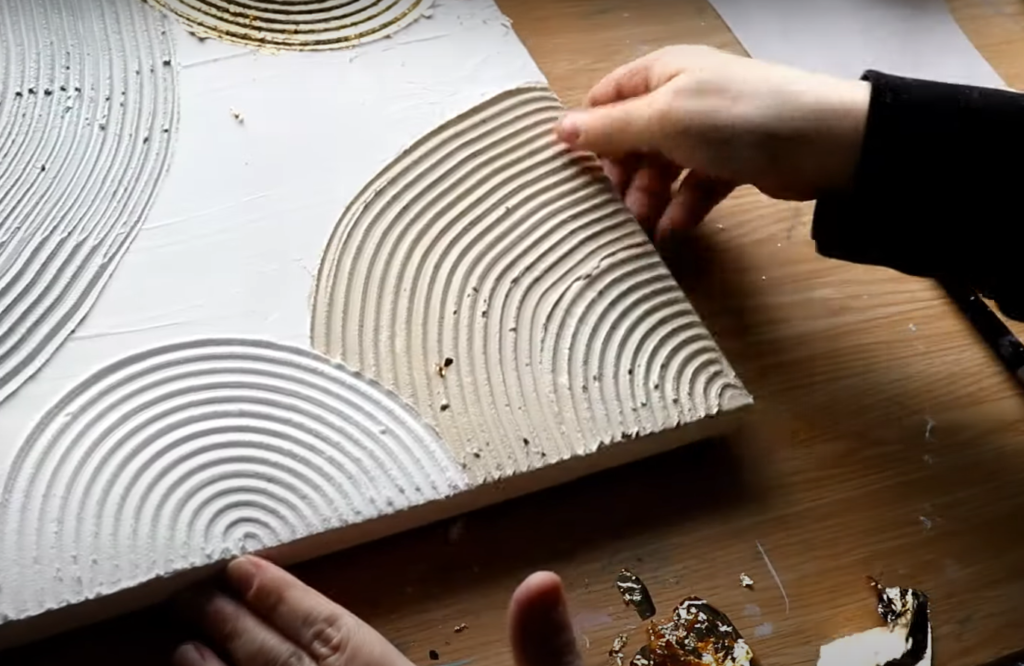
Glass, ceramics, fabrics, and even unconventional surfaces like concrete or leather can also be used. However, proper preparation is important to ensure the paint adheres well and is durable over time. Remember to test the paint on these surfaces before starting your project.
Is it OK to paint on raw canvas?
When painting on raw canvas, there are important factors to consider. Without preparation, the paint can be absorbed unevenly, resulting in dull colors. Priming with gesso provides a smoother surface and protects the canvas fibers. Some artists choose to paint directly on raw canvas to achieve specific effects. It’s important to be aware of the drawbacks and adjust painting techniques accordingly.
Useful Video: DIY Minimalist Textured Art on CANVAS | Filler vs. Plaster 👩🏻🎨
Conclusion
When it comes to painting on canvas, using wall paint or raw canvas can be possible but comes with challenges. Consider the specific requirements, desired aesthetic, and longevity of your artwork when choosing paint and surface. Experiment with different materials, but always test how the paint behaves. The world of painting offers endless possibilities for creativity. Happy painting!
References:
- https://www.jacksonsart.com/blog/2020/05/12/can-i-use-house-paint-for-art/
- https://www.craftsy.com/post/best-paint-for-canvas/


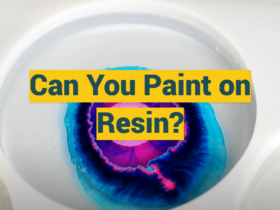

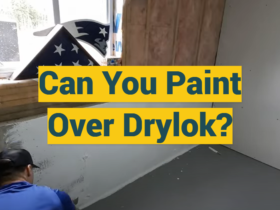
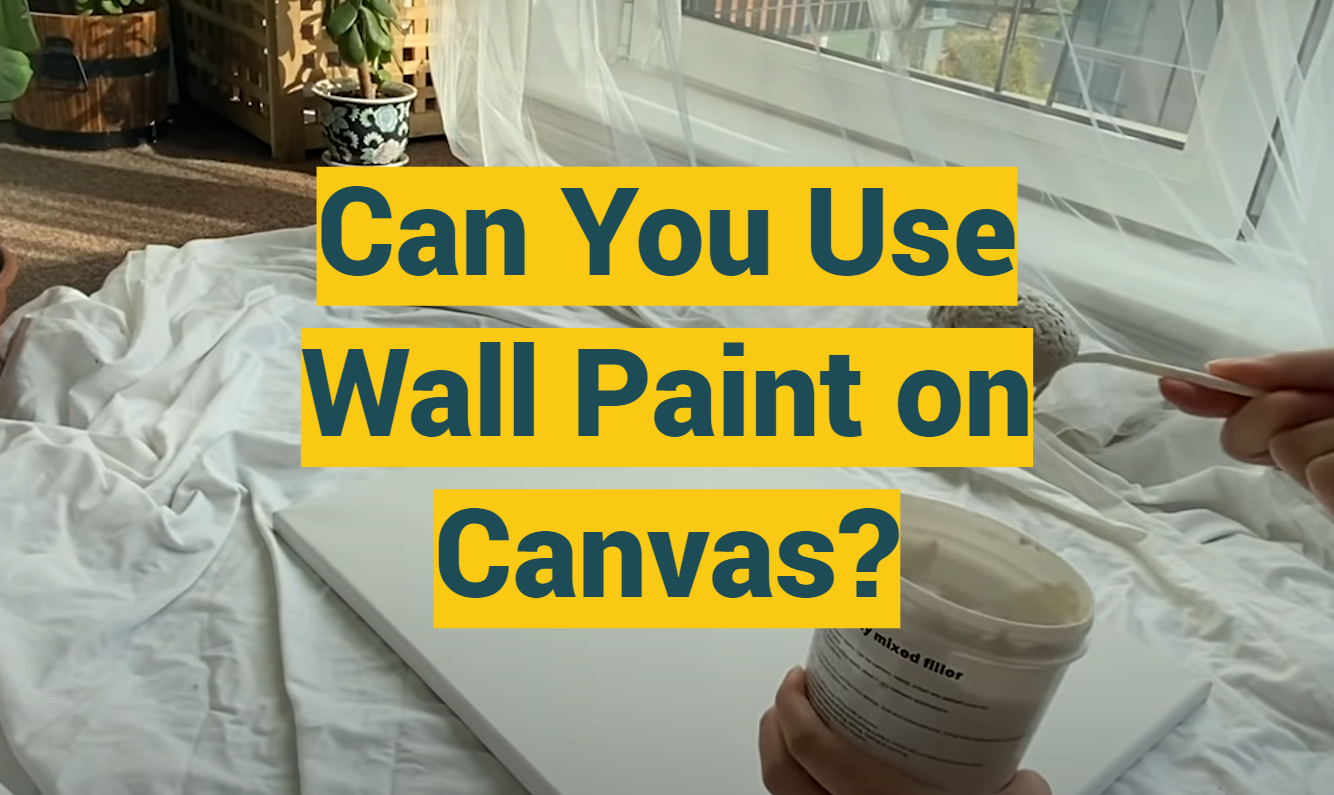




Leave a Review